Small mussel, big threat: What Tahoe water managers are doing to keep out invasive species
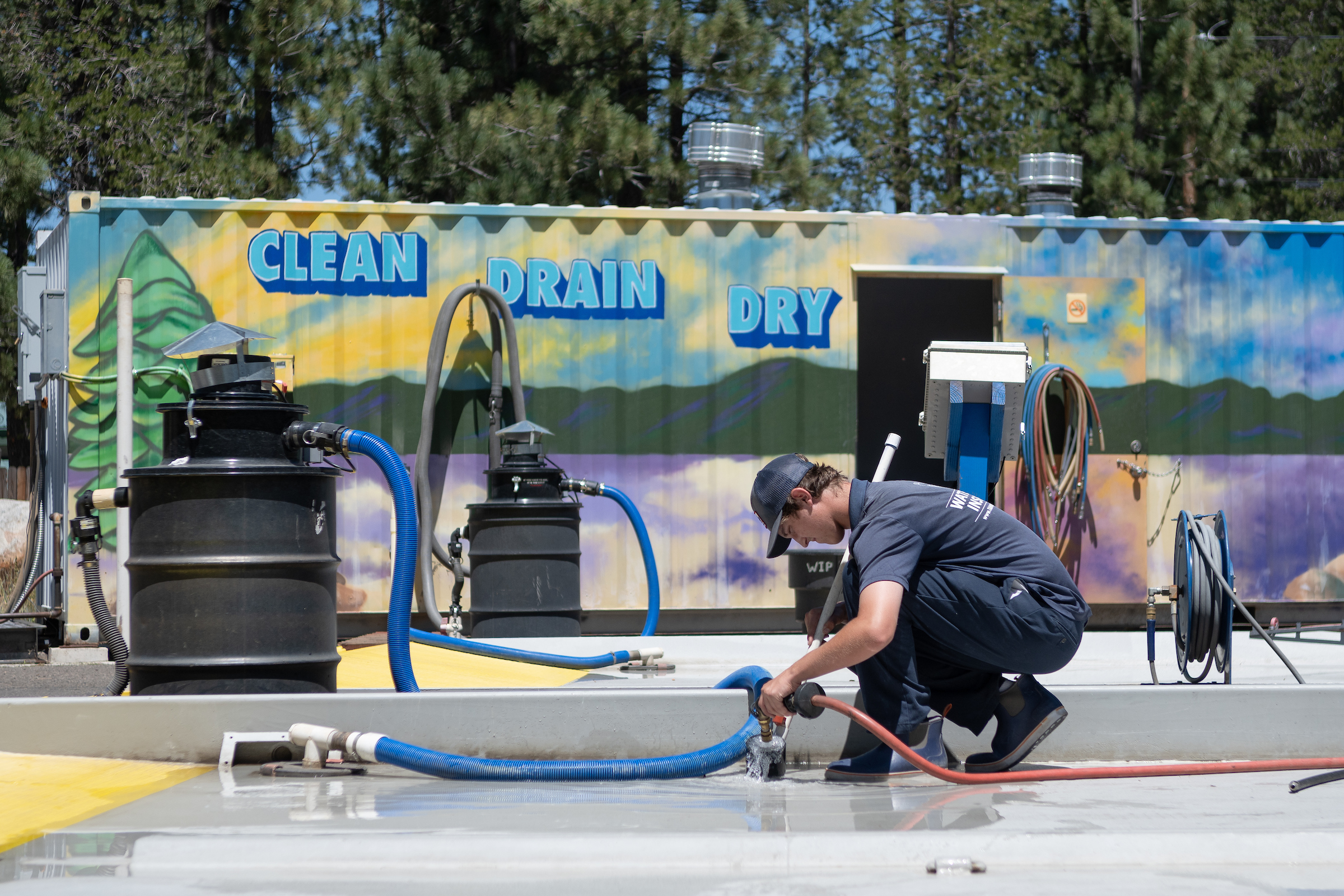
Good morning, and welcome to the Indy Environment newsletter. I'm Amy Alonzo, the environment reporter for The Indy.
Until last week, I had never boated on Lake Tahoe. So when I received an offer to head onto the lake for work, I jumped at the chance.
Tahoe’s water is unbelievably clear. That might be an understatement, given that the lake is known for its outstanding clarity, but hundreds of feet from shore, we could still see the bottom. Granted, the water wasn’t that deep, but in most lakes, I’m used to not being able to see my ankles the moment I wade in.
Since we could still see the bottom, we could also see what covered the sand — numerous shells from aquatic invasive species, likely inadvertently transported to the lake by a contaminated watercraft.
These invasive species are small, but they pose a big threat to the lake’s famed clarity. And most of them are impossible to eradicate.
If you decide to head onto the lake via boat, stand up paddle board, kayak or any other device, do the lake a favor — check to make sure your vessel is clean, drained and dry.
As always, I want to hear from readers. Let me know what you’re seeing on the ground and how policies are affecting you. Email tips to me at [email protected].
To get this newsletter in your inbox, subscribe here.
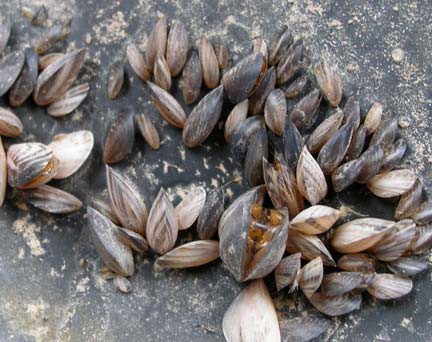
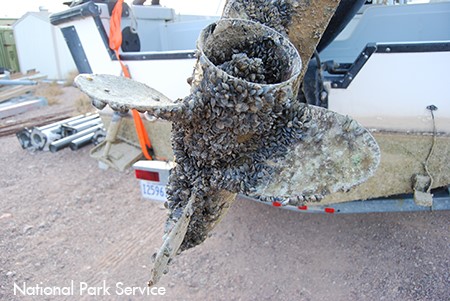
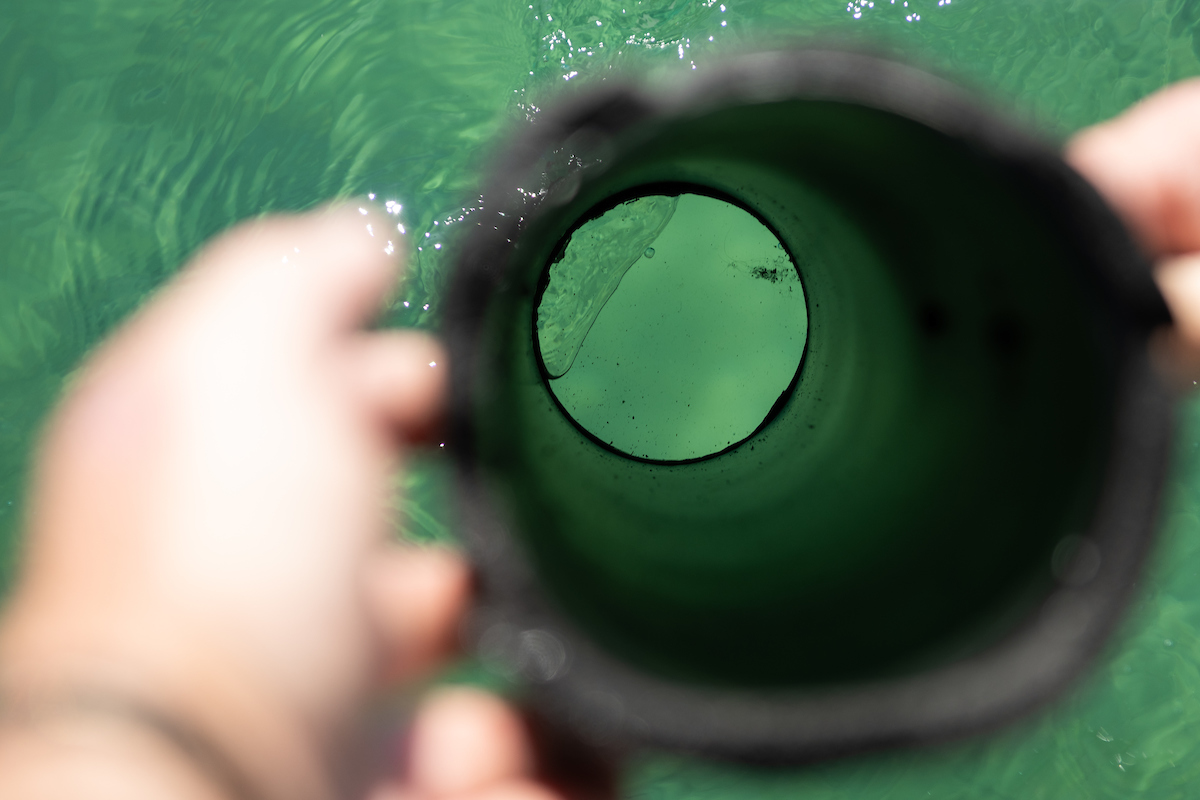
Beneath the aquamarine surface of Lake Tahoe is a battle that few people see.
It’s a struggle between invasive species, transported to the lake by humans, and native species. It’s not a fair fight — which is why water managers are attempting to intervene and control the infestations of non-native plants and animals.
The lake is now home to nearly a dozen invasive species. They originate from around the world and include Asian clams, New Zealand mudsnails and bullfrogs native to the Eastern United States. Domestic invasive species also affect the lake, such as the goldfish people dump into Big Blue that eventually grow into aquatic behemoths.
The invasive species in Lake Tahoe vary greatly but have some similar characteristics, said Kevin Netcher, aquatic invasive species coordinator for the Nevada Department of Wildlife (NDOW). They’re typically able to reproduce quickly. They are highly predatory.
And they’re hard, if not impossible, to eradicate once established.
“From an ecological standpoint, they’re bad,” said Dennis Zabaglo, aquatic invasive species program manager with the Tahoe Regional Planning Agency, an interstate compact agency charged with the environmental protection of Lake Tahoe. “From a tourism and economic standpoint, they are also bad.”
They potentially pose a large threat to Lake Tahoe area businesses, which rely on the $5 billion generated annually through tourism.
There are two invasive species in particular that Tahoe water managers are most concerned about: zebra and quagga mussels.
The lake is not yet infested with either species, but the Tahoe Resource Conservation District still calls them “the most serious threats to streams and lakes in the Lake Tahoe region.” The mussels can cause significant damage to infrastructure by accumulating in massive, dense clumps.
After quagga mussels were first identified in Lake Mead in 2007, the Tahoe Resource Conservation District implemented boat inspections. The following year, an ordinance was passed making those inspections mandatory for watercraft looking to enter the lake.
Last month, officials discovered young zebra mussels in the upper Colorado River and a canal providing water to Colorado farmers. The Colorado Sun reported that officials were “warning downstream water conservation partners … that the fast-reproducing mussels are likely on the way.”
Female zebra mussels can produce a million eggs while spawning, and the mollusks spread incredibly fast. Masses of adult mussels attach to infrastructure, a threat to water users and infrastructure on the Colorado River, which provides water to 40 million people, including Nevadans.
It will likely take several years for the zebra mussels to make their way to Lake Mead, Netcher said, but there is little that can be done to prevent their spread downstream.
Zebra mussel veligers (larvae) are suspended in the water and will float downstream, where they’ll attach to surfaces and become adult mussels. These mussels will then spawn, creating even more veligers.
“It’s a vicious cycle,” Netcher said.
The only option is to treat the river with chemicals, such as chelated copper, to try to eradicate the mussel population. Chemical treatment is extremely expensive and kills all aquatic life.
And while Lake Tahoe isn’t downstream of the Colorado River, boaters moving between the two water bodies could inadvertently spread the zebra mussels.
Nevada and Lake Tahoe officials are cautiously optimistic they can protect the lake from the mussels.
There are dozens of invasive species within 100 miles of Lake Tahoe that haven’t made their way into Big Blue yet, said Sudeep Chandra, UNR limnology professor, primarily because watercraft inspections are rigorous and public education campaigns are ongoing.
But all it takes is one infested watercraft to alter the trajectory of the lake forever.
“Should we worry about quagga and zebra mussels? Yes. You always worry about an infection,” Chandra said. “The answer isn’t to give up, it’s just to contain [them] and make sure they don’t come to your area … If you want to love Lake Tahoe, then we need to engage in minimizing the risks that infect the lake.”
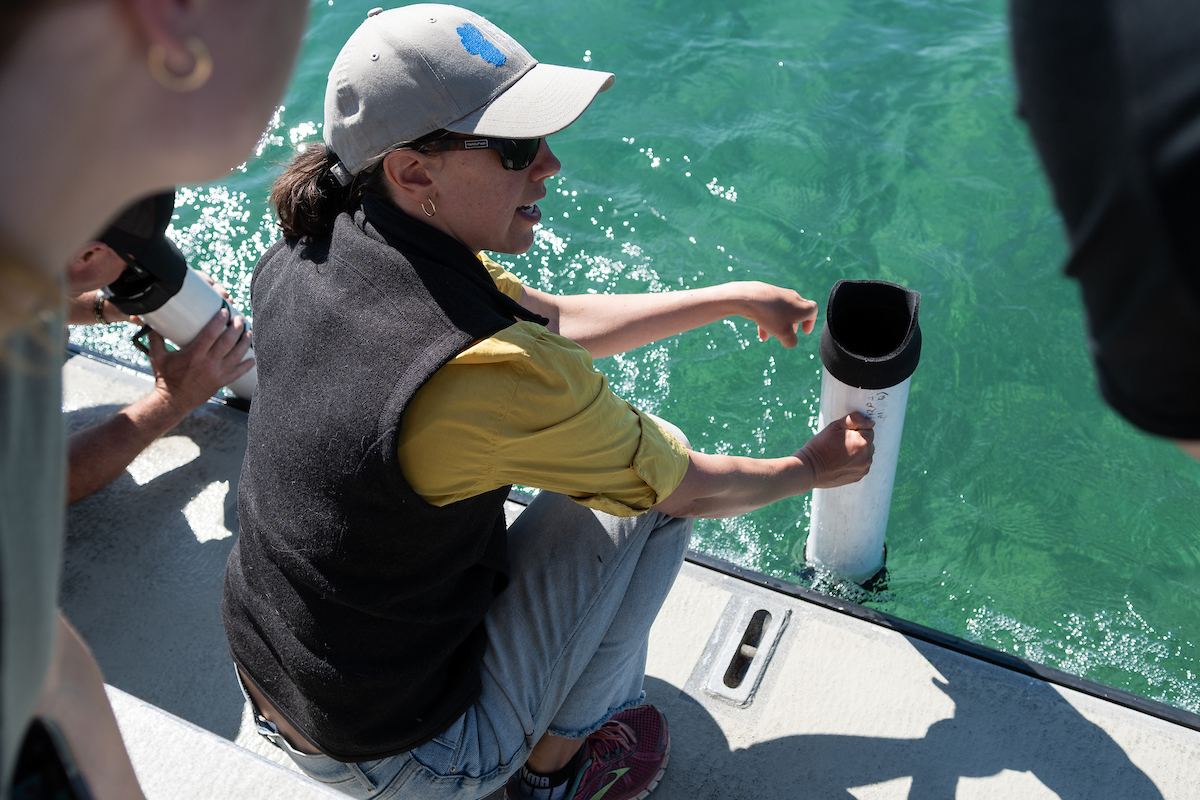

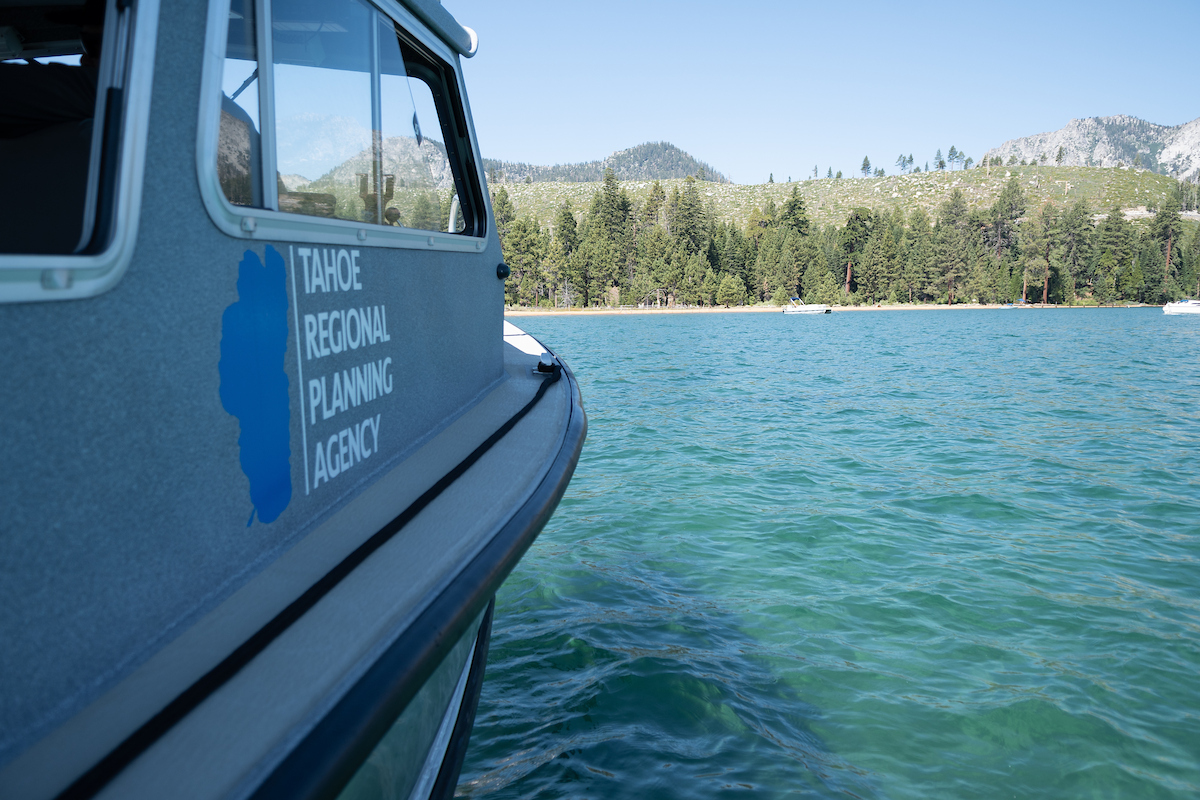
All it takes is one
When quagga mussels were identified at Lake Mead, it was the first discovery of the species west of the Continental Divide.
Now, more than $20 million per year is spent to combat quagga mussel infestations there.
NDOW oversees the containment program for the invasive mussels at Lake Mead; despite the millions thrown at control, the mollusks are widespread throughout the lake and down the Colorado River to Lake Havasu.
In Lake Tahoe, about $10 million is spent annually on invasive species prevention and control. Earlier this year, Tahoe tribes and agencies were awarded $3.4 million in federal funding to battle aquatic invasive species.
Last year, divers discovered New Zealand mudsnails about 2,000 feet from shore, marking the first identification of a new invasive species in the lake since boat inspections began 15 years ago. Their offshore location indicated they were introduced to the lake not by a boat, but by a non-motorized piece of equipment such as a paddle or life jacket.
The snails measure just one-eighth of an inch long, but they can consume up to half of all food available for native mollusks and insects.
Although the snails are already downstream of the lake in the Truckee River, other Tahoe-area water bodies such as Fallen Leaf, Echo and Spooner lakes are (so far) still free of the species.
During the next few weeks, underwater crews will survey 300 points along Lake Tahoe and its tributaries to see if the snails are spreading, Zabaglo said.
Once established in a waterway, there’s no way to control their spread.
“There’s not a lot of studies for these mountain lakes. It's a new kind of invasion,” Chandra said.
Since the Tahoe inspection program launched, more than 113,000 watercraft have been inspected. Nearly half of those boats have required some form of decontamination.
In 2022, more than 5,800 watercraft were inspected before entering Lake Tahoe. Of those, 56 had aquatic invasive species on them, eight with quagga or zebra mussels. So far this year, 18 quagga infested boats have come through Tahoe’s three inspection stations. No boats inspected thus far this year have been infested with zebra mussels.
All an infestation needs to start is for one of those infected boats — or life jackets, paddles or other equipment — to enter Tahoe. Water managers have a mantra of “clean, drain, dry” — if equipment used in water is thoroughly cleaned and dried between uses, it is unlikely invasive species will survive between waterways.
“We’re lucky in Nevada that a lot of our water bodies are isolated from each other,” Netcher said. “Say we get mudsnails in the Truckee … they won’t be able to spread to the Carson drainage without people. And that’s why education is so important.”
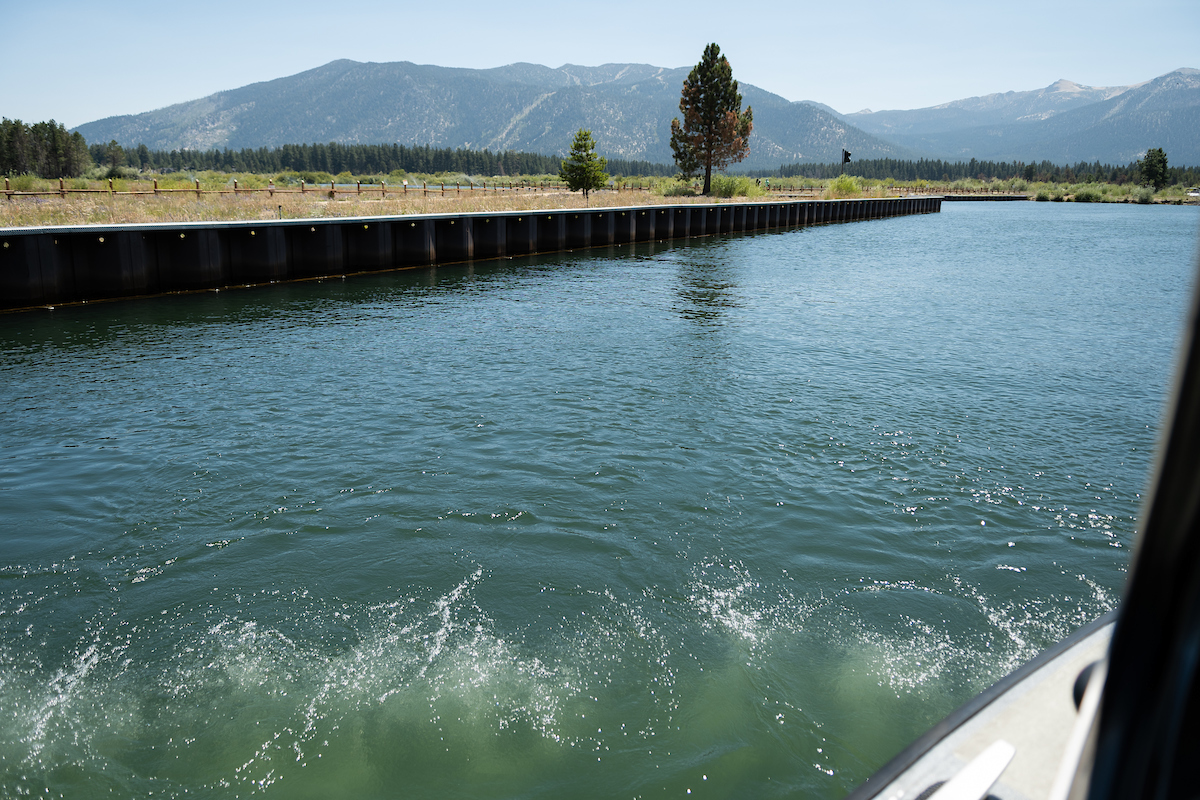
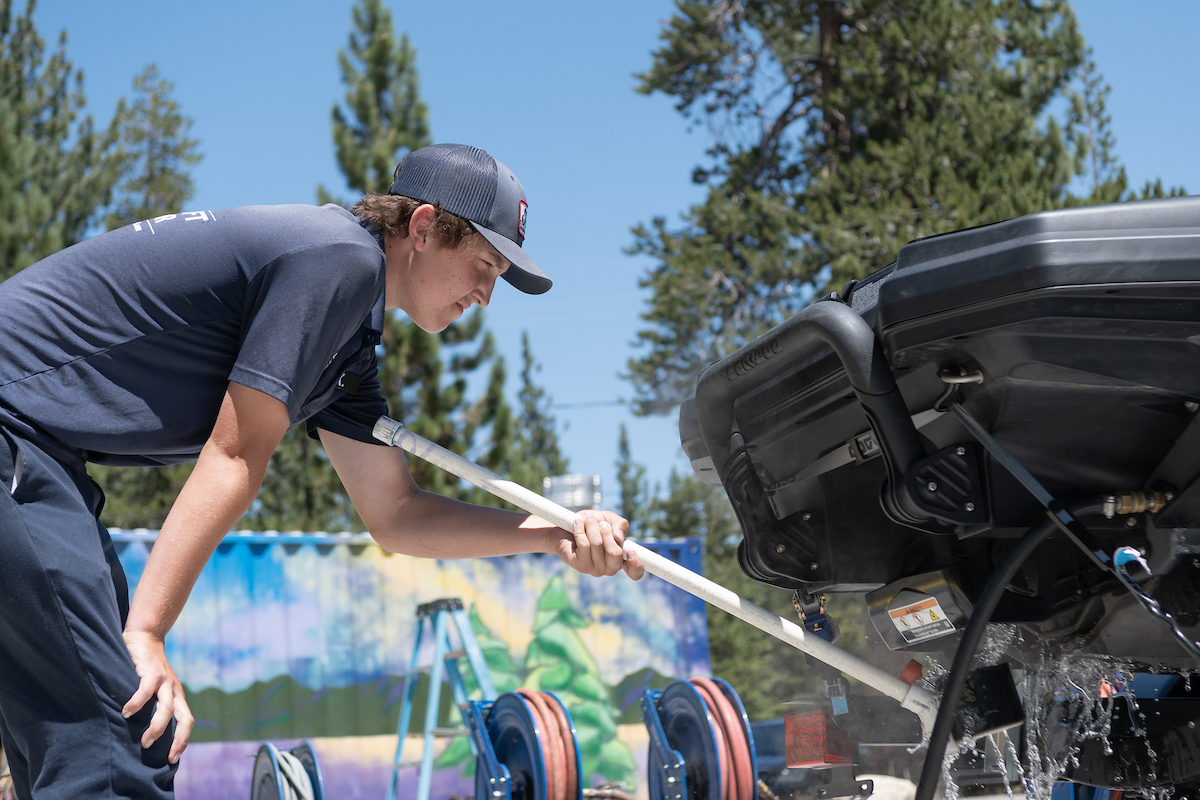
Here’s what else I’m reading (and listening to) this week:
A Pershing County commissioner and a Northern Nevada outfitter are charged with killing a big game animal outside a tagged area, News 4 & Fox 11 report.
I wrote about extreme heat last week; KNPR has more on the topic.
It’s dry out West — and getting drier. More from the Los Angeles Times.
You can compost your yard waste and food scraps; now, in Las Vegas, you can compost your loved ones as well. More from the Las Vegas Review-Journal.
